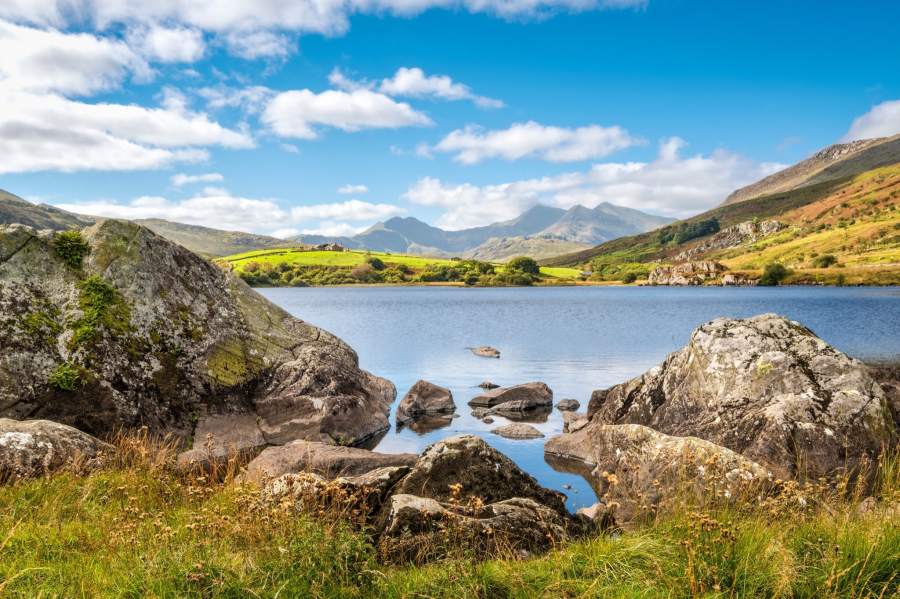For the first time in nearly 70 years, the public will have their say on how the country’s most cherished landscapes can be enhanced for future generations.
Environment Secretary Michael Gove and writer Julian Glover are inviting views on how England’s 10 National Parks and 34 Areas of Outstanding Natural Beauty (AONBs) meet the nation’s needs in the 21st century and whether there is scope for the current network to expand.
With more than half the population living within half an hour of a National Park or AONB – and over two million people calling these landscapes home – a call for evidence will explore how access can be improved and communities better supported – alongside which parts of the country could benefit from greater protection.
The public will also have input on whether housing and transport in protected landscapes could be improved, the role they play in our cultural heritage, and how these iconic areas can boost habitats for wildlife.
The evidence will form part of the recently launched review into protected landscapes – led by Julian Glover – which is ensuring our National Parks and AONBs can be fit for the 21st century.
“Weakening or undermining the existing protections or geographic scope is not part of this review”
Environment Secretary Michael Gove said: “For so many of us our love for nature is intrinsically linked with our protected landscapes, from holidays spent in National Parks to weekend rambles across our Areas of Outstanding Natural Beauty.
“We want to ensure the people who live, work in and visit these cherished places have a say in their future. As we look afresh at these precious landscapes, I look forward to hearing from everyone who shares an interest in conserving and enhancing them for the next generation.”
Through the designated landscapes review, launched in May, Julian Glover and an advisory panel are currently exploring how these iconic landscapes can be enhanced, alongside considering the case for expansion.
Weakening or undermining the existing protections or geographic scope is not part of this review, which is instead focusing on how designated areas can boost wildlife, support the recovery of natural habitats and connect more people with nature. (Let’s hope the opportunity is taken to safeguard National Parks against fracking and other unsuitable developments too.)
“I know we can do better”
The review is one of the key commitments of the government’s 25-Year Environment Plan, which outlines its vision for improving the environment over a generation by connecting people with nature and helping wildlife to thrive.
Lead reviewer Julian Glover said:
“It’s an honour to lead a review into something as precious as England’s finest landscapes. From the Jurassic Coast of Dorset to the wilderness of the Cheviot Hills, they are still rich in beauty, local life, plants and animals – and enjoyed by millions of people.
“But already, in this review, I’ve seen the pressures too. Local people need jobs and housing, farmers who look after the landscapes need help to survive, and biodiversity is under threat as the numbers of things such as birds and butterflies decline.
“The good news is that I know we can do better – and in this review we are hearing lots of ideas about how to do it. Now we’re offering a chance for everyone who loves our National Parks and Areas of Outstanding Beauty to have a say.”
Margaret Paren, Chair of National Parks England, said:
“Our protected landscapes are special and worthy of celebration. We are keen to ensure their beauty is enhanced; they are loved by and accessible for everyone; and that they continue to support thriving communities.
“But what of the future? Big challenges exist and people have different views about how they should look, feel and be managed. We all want our national parks to be the best they can be and to continue to benefit society in a rich variety of ways. We hope lots of people will respond to this call for evidence and the opportunity it presents to secure our best landscapes for the future.”
The call for evidence closes on 18 December. Evidence received will form part of the designated landscapes review, which will report back next year with recommendations. So now’s your chance to make your voice heard – time to stand up for landscapes and nature.
Header image: © Shutterstock / Valery Egorov








